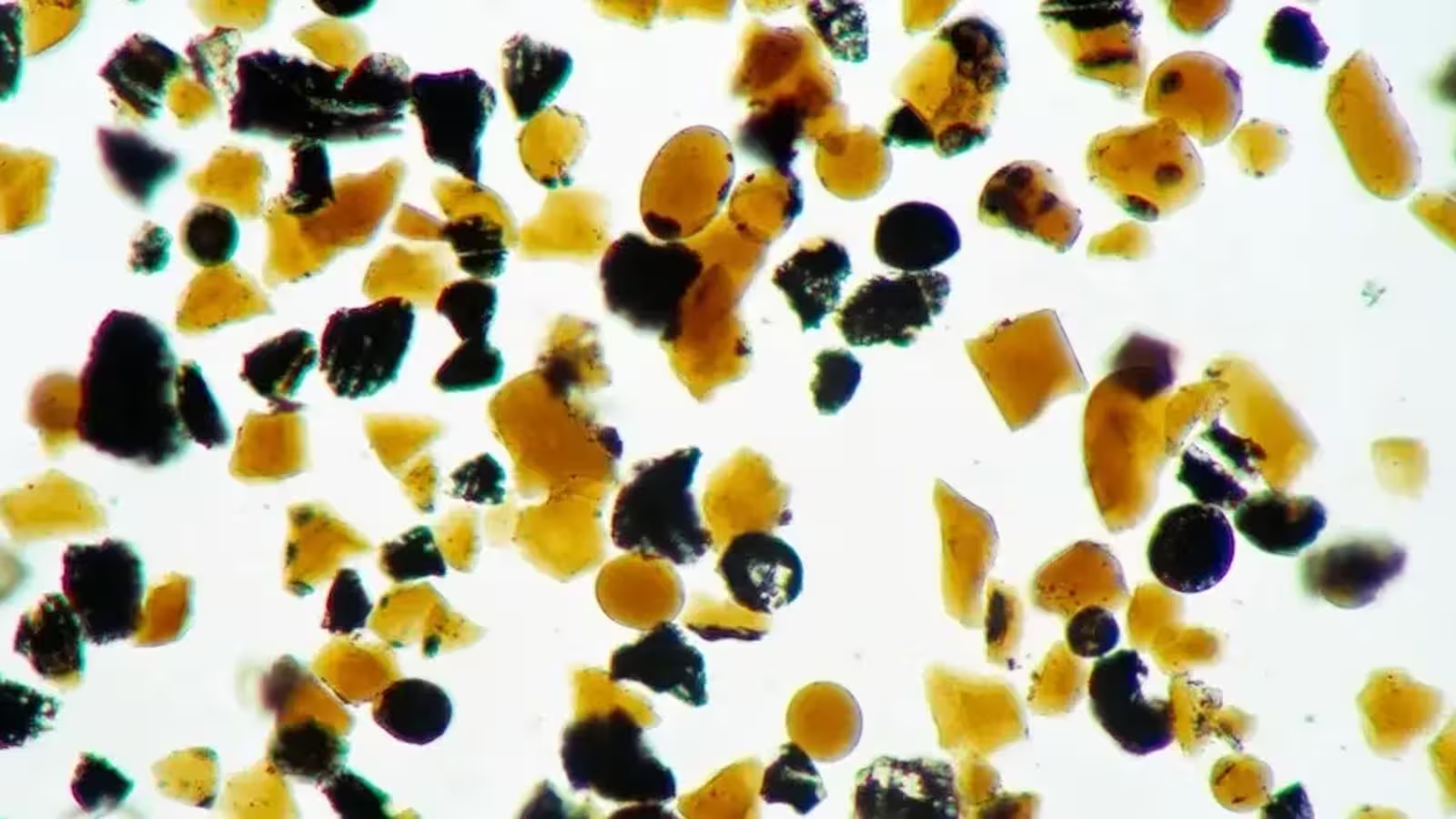3 Minutes
Unraveling an Apollo-Era Mystery
More than fifty years after Apollo astronauts first set foot on the Moon, researchers are still making new discoveries from the samples brought back to Earth. Among the most intriguing lunar finds are countless minuscule orange glass beads, scattered across the barren lunar surface. Initially encountered during Apollo missions, these beads have since fascinated planetary scientists attempting to decipher their origins and significance.
The Ancient Volcanic Origins of Lunar Glass Beads
Decades of study have supported the theory that these orange beads were forged over three billion years ago during periods of intense lunar volcanism. Unlike Earth, which continues to experience tectonic and volcanic activity, the Moon’s volcanic days are long past. However, when lunar volcanoes once erupted, they propelled material into the near-vacuum of space. In the frigid lunar environment, this molten material rapidly cooled, forming tiny glass spherules—each smaller than a grain of sand. Without an atmosphere on the Moon, these beads have endured for eons, unscathed by weathering or erosion.
Breakthroughs Through Advanced Analytical Techniques
Recent advances in analytical technology have enabled researchers to probe these mysterious glass beads with unprecedented precision. Utilizing tools such as scanning electron microscopy and X-ray spectroscopy, scientists have revealed a rich tapestry of information recorded within each microbead. According to Dr. Ryan Ogliore, a professor of physics at Washington University and co-author of an upcoming publication in Icarus, “We’ve had these samples for 50 years, but we now have the technology to fully understand them.”
Every bead, researchers found, bears unique characteristics—varied colors, shapes, and chemical compositions—that chronicle episodes of the Moon’s tumultuous geologic history. Some beads are reminiscent of volcanic processes observed on Earth, such as the dramatic fire fountain eruptions seen in Hawaii, yet their formation under lunar conditions imparts distinct features.
Careful Handling and Preservation
Given how the Apollo samples can react with Earth's oxygen and other elements, the research team exercised extreme caution in preventing air exposure throughout their study. This meticulous preservation was crucial for maintaining the integrity of the lunar samples and ensuring reliable scientific analysis.
Shaping Our Understanding of Lunar Evolution
These discoveries offer a much clearer perspective on the Moon’s past, revealing a world once dominated by explosive volcanic activity. As Dr. Ogliore remarked, studying these glass beads is akin to “reading the journal of an ancient lunar volcanologist.” The evidence locked within these minute geological relics provides fresh insights into how the Moon evolved from a dynamic, molten body to the silent, cratered companion we observe today.
Conclusion
Through cutting-edge technology and decades of curiosity, scientists are finally unlocking the ancient secrets held by the Moon’s orange glass beads. These findings not only illuminate the volcanic history of our closest celestial neighbor but also enhance our broader understanding of planetary evolution across the solar system. As new technologies emerge, the enduring legacy of Apollo continues to fuel exciting advances in lunar science.
Source: futurism



Comments